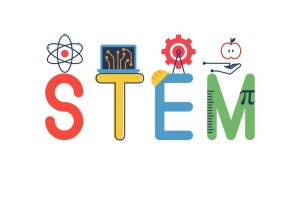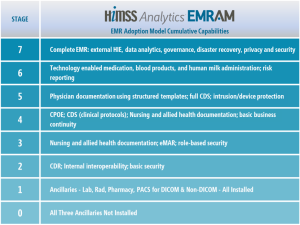Chances are you are on Facebook. More than 2 billion people around the world are active monthly users. I joined in 2006 because my brother said he wouldn’t send pictures of his first grandchild by email  anymore – I could see them on Facebook instead. I joined. And then I soon figured out it was a great way to keep in touch with family and friends around the country.
anymore – I could see them on Facebook instead. I joined. And then I soon figured out it was a great way to keep in touch with family and friends around the country.
I have always been suspicious of apps that I could sign into through Facebook. I didn’t want uncontrolled data sharing. I did not answer the many Facebook quizzes; I had heard someone say that the answers were probably building a profile on you for who knows what purpose.
I sometimes check out a sponsored ad if the product really grabs my attention, but I rarely purchase it. It’s an online shopping/browsing thing like looking at catalogs that still come in the mail.
I am vocal about my politics in my original posts, my likes, comments and shares of other posts. And I have joined certain private groups that share my politics. So yes, somewhere there is a profile on me and my politics.
On Twitter, I try to maintain a professional presence as much as possible and leave politics for my Facebook circle instead. I have read so much about online harassment of women on Twitter, and we do have a President who appears to be the cyberbully-in-chief.
With the latest exposure that Cambridge Analytica used Facebook data on 50 million Americans to influence the 2016 election, I am questioning how we can protect our personal information yet continue to utilize social media platforms and all the good they bring: keeping families and friends in touch or accelerating social movements around important issues. Continue reading








